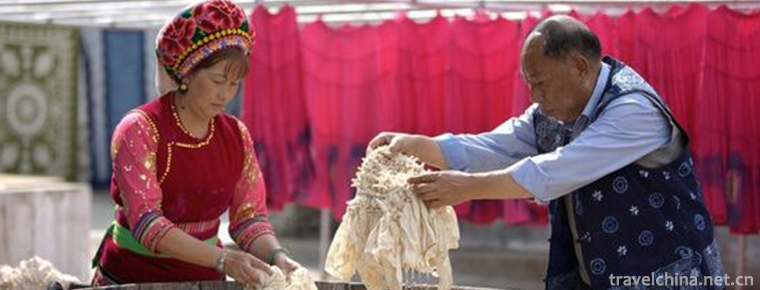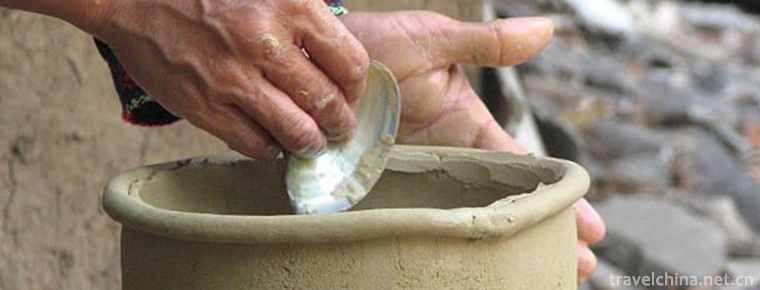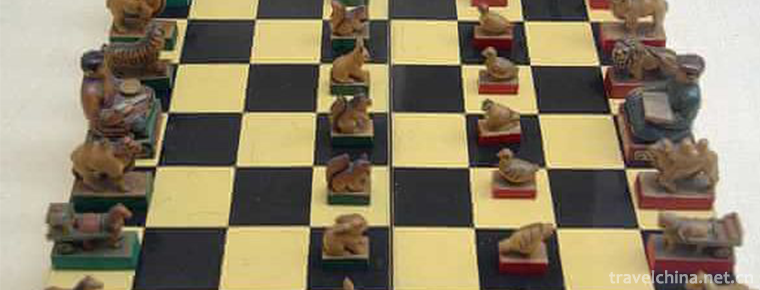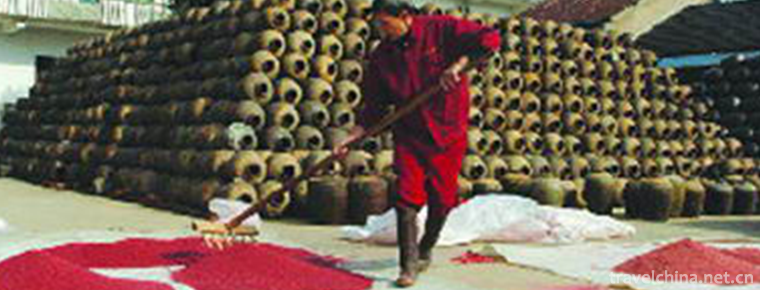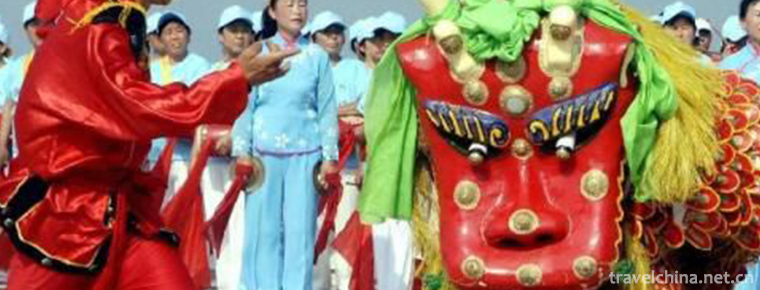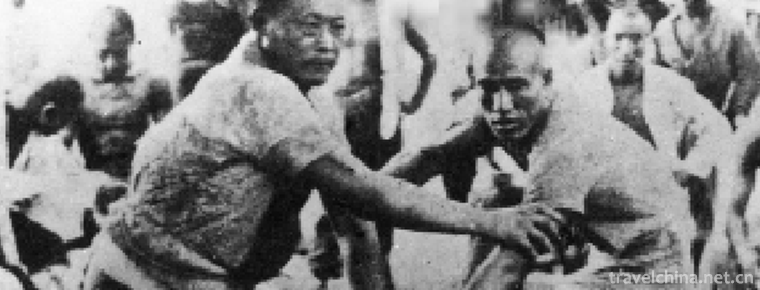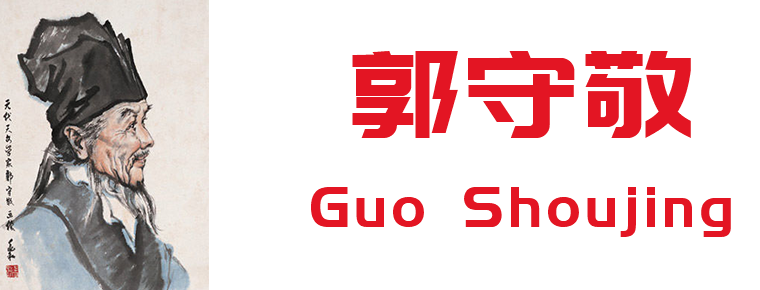Lodgeroye and Zaszai
Lodgeroye and Zaszai
Lodgeroye and Zaszai is a representative long poem of Hani poetry style, which is widely spread in all villages inhabited by Hani Biyo people in Hani Autonomous County of Mojiang. There are ten chapters and more than 2000 lines in the poem.
In May 2011, the declaration of "Lodgeroye and Zaszayi" by Hani Autonomous County of Mojiang, Yunnan Province, was approved by the State Council to be included in the third batch of national intangible cultural heritage list.
historical origin
Hani people have rich and colorful traditional folk literature without their own national characters in traditional history. From the traditional history of Hani people, we can see that Hani people are an open-minded, creative, enterprising and strong vitality nation. In the process of migration with hardship and farming in mountainous areas, Hani people, without traditional writing, inherited from generation to generation many touching and exciting grand poems and ancient songs, such as migration epics "Hani Abe Congpo", "Janiyaga Zangga", "Duma Brief Collection", "The Most Grassy Tuma Round", and ancient wedding songs. OuXiayi, the ancient funeral song "The Song of Ama's Death", the folk narrative poem "The Twelve Slaves Bureau" and so on, all have great momentum to reflect the national spirit and personality of the Hani people, and become a splendid flower in the hundred gardens of the Chinese Cultural Garden.
The Hani folk narrative poem "Lodgeroye and Zaszayi" is a heroic ode of the Hani people in Mojiang, Jiangcheng, Puer, Yuanjiang and Xinping districts of Puer and Yuxi in Yunnan Province for a long time. "This heroic ode sings the simple, honest, pure and stubborn national character of the Hani-Biyo people, as well as the wisdom and awakening of this frontier brotherly nation." (2) The publication of the narrative poem "Lodgeroye and Zaszai" brings happy national pride to the Hani cadres and masses. It throws a stone into the tranquil lake and promotes the positive and healthy development of Hani culture. Liu Shu, Jiangxi, Li Guangxue and Guo Dongping, the collectors and organizers of narrative poems, have paid a hard price for this. The singer Bai Yangcai has passed away. This precious national cultural heritage has undergone many setbacks and has been officially published, which makes people feel gratified and inspired.
primary coverage
The Hani narrative poem "Lodgeroye and Zaszayi" has strong storytelling, ups and downs, distinct characters and tragic and heroic structure. It is a praise of ordinary labor, pure love and heart-stirring, distressed Hani heroic hymn, which is superior to Ahsien's Xianji, Ashima, the Third Country of Jade Dragon and the Great Black God. The folk narrative poems of the Xiu nationality are not inferior. (3) The narrative poem Lodgeroye and Zaszayi contains many simple philosophical ideas of the Hani people. Heroic tragedy is the most tragic and magnificent. The author only gives a brief overview from the above three aspects. If we want to analyze it more thoroughly and more vigorously, we should also think deeply about the background culture, introduce the effect of tragic structure and its impact on humanity.
There are 10 volumes of 1021 lines in the poems of Lodgroye and Zaszai. Songs at the beginning of the first volume; Songs at the beginning of the second volume; Fanzai Zaszai; Aki Lodgroye, the third volume; Street meeting; Yangtian couplets in the fourth part; Family seeking in the sixth part; Starting a family and starting a career in the seventh part; Leading Resistance to Rent in the eighth part; Soul of the immortal in the ninth part; Songs at the end of the tenth part.
artistic characteristics
The poem has a complete plot and vivid characters. It is a song of praise for labor and pure love. More importantly, it is a hero's Ode to the most outstanding young men and women of the Hani nationality who resist oppression and strive for freedom and indomitable soul. No wonder the Hani people are so obsessed with it that when they hear old singers playing and singing, they often stay together for several nights. Because it expresses the wishes of the Hani people and sings the voice of the Hani people. The tragedies of the protagonists Lodgeroye and Zaszai are the historical tragedies that the Hanis have suffered. The young men and women stood up for the survival of the masses and were chopped into pieces of meat and meat sauce and still resurrected. The legend that the soul will never die, though still dead, is an artistic representation of the strong character of this frontier nation. No wonder the people of Hani call them Aki Lodgroye, the highest honorable hero, and Miza Zaszai, the highest honorable flower of wisdom and beauty.
In this long narrative poem, from the birth, growth, meeting and marriage of Lodgroye and Zaszai to the leading anti-rent, brave and unyielding, magnificent devotion, it not only reflects the strong character of the outstanding youth of Hani nationality in pursuit of freedom and fearing violence, but also reflects the production and living conditions, folk customs, marriage relations and bustling commodity exchanges in the streets and markets at that time. Scene of flow. Especially there are some artistic descriptions about people, simple, profound and image. For example, in the fifth volume, it was written that Lodgeroye promised the girls who were planting rice seedlings to play the strings to play "Invite Family Tune" to them: "When the strings started, the girls loved to listen; when the strings went down, the girls were very sweet"; "Seventy girls, seventy shapes: some listened straight, some listened crookedly, some listened with their ears sideways, and some listened with their rice seedlings." "Seventy girls'hearts fascinated Lodgeroye's strings. They lost their rice seedlings in their hands, their scarves on their heads, their sisters-in-law, and their dolls fell into the fields. This scene is not only reminiscent of the famous ancient Yuefu of the Han people, "Moshang" in which all the people gaze around and watch the beauty Luofu's eternal absolute singing!
This heroic ode sings the honest, pure and stubborn national character of Hani people, as well as the wisdom and awakening of Frontier brothers and nationalities. It does not end with the usual reunion, but with a magnificent tragedy. And the tragedy happened because the Hani people came out of the ruin like Nihan. Use the excessive kindness and innocence of his compatriots to carry out tricks. So, "Nihan shot Lodgeroye quietly with Lodgeroye's crossbow; the soldiers and horses of the three rivers and two provinces captured Lodgeroye alive." The singer repeatedly chanted sadly, "Unfortunately, Lodgeroye's father's heart is too kind to see Nihan's tricks, but Lodgeroye's mother's heart is too kind to see Nihan's tricks." "Unfortunately, Lodgeroye was too honest, but Zaszai was too honest. They spoke to Nehan in their hearts." These touching sad words mark the growth and awakening of the wisdom of the Hani people, which is the result of seven days and seven nights of blood from their beloved heroes and heroines nailed to the rocks by copper nails.
Inheritance significance
Lodgroye and Zaszai, a long narrative poem of the Hani people, has been handed down to the present day through the processing of generations of ancestors and the mutual penetration of national culture. It praises the truth, goodness and beauty, whips up the false, evil and ugliness, and inspires generations of Hani people to bravely live and pursue beautiful ideals. It has a profound influence on the production and life of the local Hani people. As the beginning of the poem sings:
"Er --
The guys in the stockade yo,
Burn the fire quickly.
Listen to me play the string.
Sing a song passed down from generation to generation.
In ancient times,
We're in Iyaobi,
There was a brave young couple.
They are the embodiment of hero, wisdom and beauty.
Their stories are like fires tonight.
Can illuminate the hearts of our Hanis.
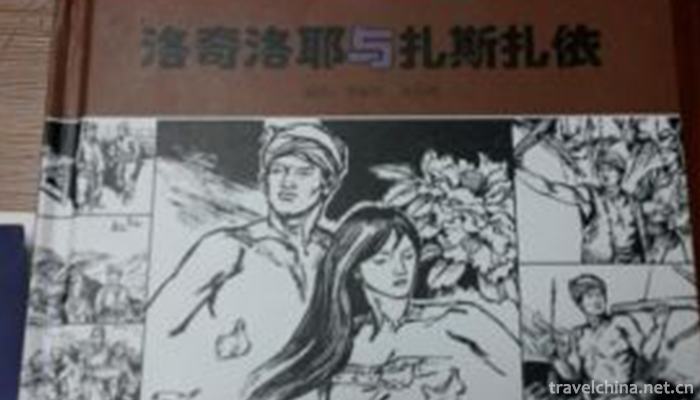
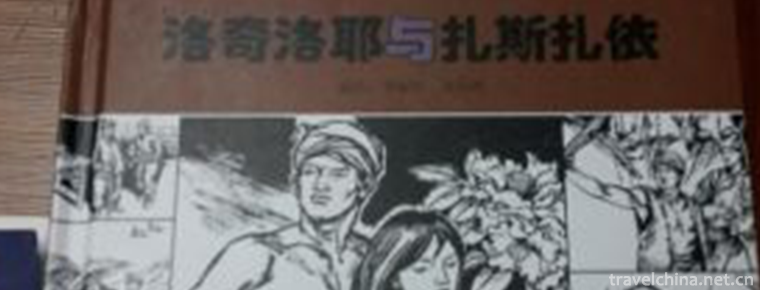
Lodgeroye and Zaszai
-
Limutai Natural Scenic Area
Limutai Natural Scenic Spot is located at the northernmost end of Tianjin, known as "Tianjin Arctic". In the scenic area, the peak forest and canyon are strong and dangerous
Views: 217 Time 2019-01-29 -
Bai nationality tiedyeing skills
Bai tie-dyeing technology, the local traditional textile dyeing technology in Dali City, Yunnan Province, is one of the national intangible cultural heritage.
Views: 247 Time 2019-04-03 -
Fengyang flower drum
Fengyang flower drum is also known as "flower drum", "beating flower drum", "flower drum gong", "double drum" and so on. Fengyang flower drum originated in Linh
Views: 370 Time 2019-04-29 -
Primitive Pottery Making Skills of Li Nationality
The primitive pottery making technique of Li nationality, the traditional handicraft technique of Changjiang Li Autonomous County, Hainan Province, is one of the national intangible cultural heritages
Views: 216 Time 2019-05-13 -
Shatar Mongolian chess
Mongolian chess is a popular folk sports game in Inner Mongolia. Generally speaking, there are two types of Mongolian chess, one is Shatar with 8 x 8 squares on the chessboard, the other is Hayashatar
Views: 222 Time 2019-06-03 -
Traditional Brewing Techniques of Brewing Wine
The traditional brewing technology of Jinhua liquor is the traditional handicraft technology of Jinhua City, Zhejiang Province. The typical representative and complete remains
Views: 154 Time 2019-06-07 -
kylin dance
Kirin dance, also known as "Wu" Kirin, is a court dance performance of the Ming Dynasty in China. It was spread among the people when the Nanming Dynasty perished. When dancing,
Views: 114 Time 2019-06-10 -
Flyover wrestling
In the 1930s, when Peiping wrestling was very popular, Peiping wrestling was famous all over the country. At that time, the strongest wrestling master of Peiping overpass was Shen San (Shen Yousan), B
Views: 393 Time 2019-06-21 -
Guo Shoujing
Guo Shoujing (1231 - 13 16). Xingzhou Xingtai county (now) Hebei Province Xingtai City People. Yuan Dynasty Famous astronomers, mathematicians, experts in Hydraulic Engineering Early teacher Liu Bin Z
Views: 304 Time 2019-09-07 -
Revenue and expenditure of Mianyang
In 2019, Mianyang's general public budget revenue will reach 13.115 billion yuan, an increase of 5.3%; general public budget expenditure will reach 45.334 billion yuan, an increase of 11.1%. The balance of RMB deposits in financial institutions was
Views: 195 Time 2020-12-14 -
Meishan Education
By the end of 2019, there are 824 schools of various types, including 435 kindergartens, 176 primary schools, 165 junior high schools, 26 senior high schools, 17 secondary vocational schools and 5 special schools. By the end of the year, there were 397900 students
Views: 187 Time 2020-12-18 -
Yibin economy
In 2019, Yibin City will realize a GDP of 260.189 billion yuan, an increase of 8.8% over the previous year in terms of comparable prices. Among them, the added value of the primary industry was 27.764 billion yuan, an increase of 2.9%; the add
Views: 309 Time 2020-12-18

